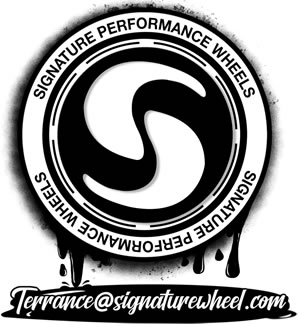thefleshrocket
Seasoned Member
Tell me I am dumb, and to just change my oil anyway. My ‘23 5BW is at 0% oil life at 4300 miles. It had oil changes at 500 and 1500 miles, so there are fewer than 3000 miles on this fill—it’s just been a year since the last change. The oil is still at the full line on the dipstick and looks golden brown, so I just feel bad dumping oil that’s clearly got plenty of life left. I had planned on changing it at around 5500 miles (4k on the oil), and then again at 10k (4500 miles on oil), and then do every 5k thereafter.
I realize that if I frag the motor, I will likely get static from GM, but if that happened, I would send an oil sample in to Blackstone to show how much TBN (oil life) is left, and feel like I would have a leg to stand on if there was still a reasonable amount of TBN remaining.
But anyway, like the first sentence says, tell me to stop overthinking it and just change the oil. I even have 10 quarts of 0w40 Supercar and a PF64 ready to go.
I realize that if I frag the motor, I will likely get static from GM, but if that happened, I would send an oil sample in to Blackstone to show how much TBN (oil life) is left, and feel like I would have a leg to stand on if there was still a reasonable amount of TBN remaining.
But anyway, like the first sentence says, tell me to stop overthinking it and just change the oil. I even have 10 quarts of 0w40 Supercar and a PF64 ready to go.




